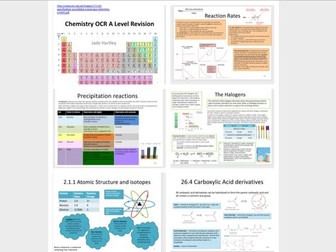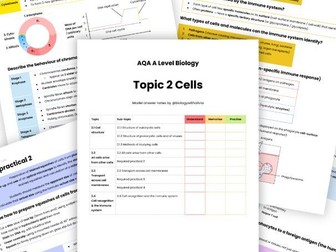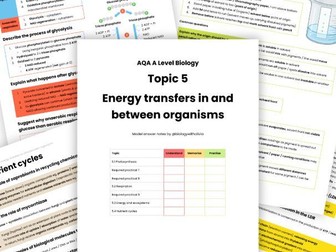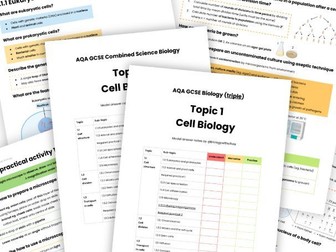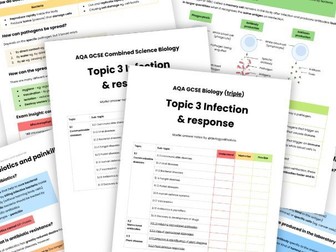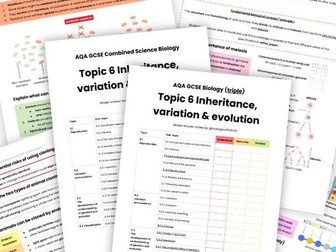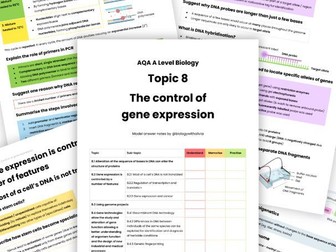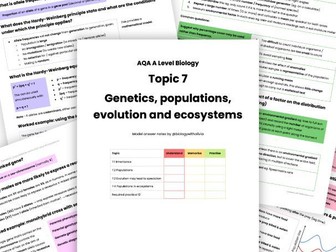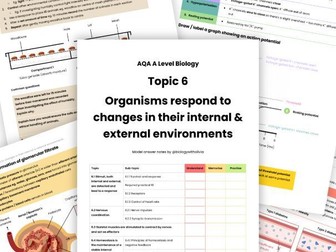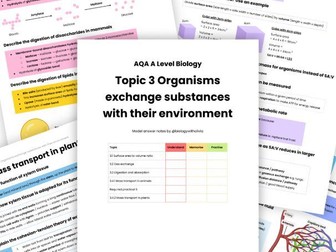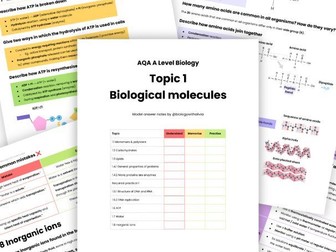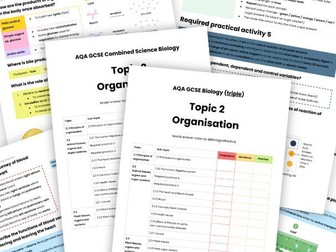Sale

32 lessons - 'The Boy at the Back of the Class' by Onjali Rauf - Year 4/5/6 - English planning
32 lessons - ‘The Boy at the Back of the Class’ by Onjali Rauf - Year 4/5/6 - English planning
A whole term’s English planning linked to the book ‘The Boy at the Back of the Class’ (Winner of the Blue Peter Best Story Award 2019) by Onjali Rauf.
Since its release, this book has been a classroom favourite, covering a topic that is never far from the news. Onjali Rauf writes about the topic of migration and refugees fantastically. I’ve taught this scheme three times now to different classes, and each time the children have all cheered at the end of the book (always a good sign that they’ve enjoyed it!)
There are 32 lessons in total, all with accompanying SMART Notebook screens, task sheets and header sheets.
To aid teaching each lesson, there are a total of 162 SMART Notebook screens (in one file) and each lesson is clearly marked along with which lesson each chapter should be read to aid and link to the learning.
(Update - I personally use SMART Notebook files in my own lessons. In response to many requests, I have converted the SMART Notebook screens to Powerpoint, so there is also a Powerpoint presentation included for the teaching sequence for those unable to use SMART Notebook. However, please note that while the SMART Notebook screens can be edited, the Powerpoint screens can not be edited as they are screen snips from the SMART Notebook file.)
This teaching sequence and planning will require the children to complete the following tasks over the 32 lessons:
writing a recount
writing a persuasive letter
answering SATs style comprehension questions
writing a narrative
descriptive writing
drama session
writing an information text
writing a newspaper report
I have also included some examples of work for some lessons in the planning.
This topic will also educate and inform the children of a very current real problem that others in the world face - the plight of the refugee. Using this book will expand their understanding of the world and help them to empathise and appreciate what some of the other children in school may have gone through.
Even if you don’t need this scheme of work, I would highly recommend the book to share with the class.
This resource has received over 20 five-star reviews from teachers who have purchased it. Some of the comments include:
We have used this scheme for 2 years it is suitable for high, middle and low ability. It provides the cross curricular style that we wanted for year 7. Worth every penny. (united77)
The best resource I have ever downloaded, this made my life so much easier. (AJ40)
Absolutely love this. Brilliant scheme of work to go with an excellent book. (ajtranter)
Thank you ! These resources are amazing. (teach_explore)
Wonderful purchase. All lessons and clearly explained and the appropriate resources are all numbered which makes it super easy to follow. (torylindsay96)
